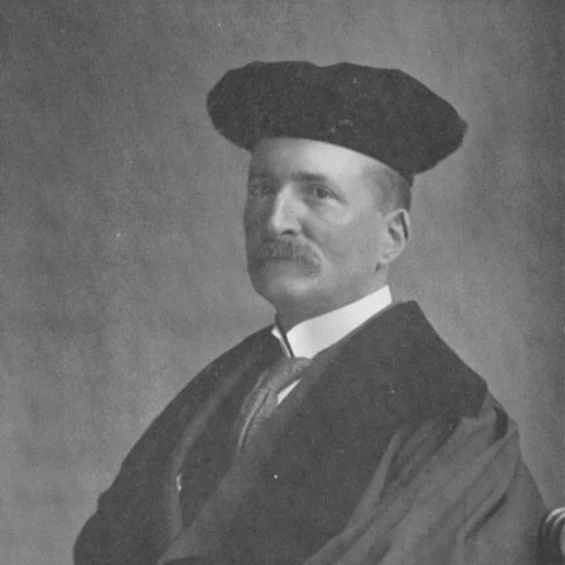There Was More Than One Buddhaghosa: A Remarkable Archaeological Discovery
The Discovery by Dr. Vogel: An Archaeologist's Struggle
In 1901 (2444 BE), Dr. Jean Philippe Vogel, a Dutch scholar specializing in Sanskrit and Indian paleography, was appointed as the Superintendent of the Western Circle of the Archaeological Survey of India (covering Pakistan and northern India). He began his work with extremely limited resources—only three Indian assistants and one cook! With no proper office, he had to rent workspace in Lahore before eventually moving to Taxila.
The Groundbreaking Excavation
In 1905 (2448 BE), Vogel's team excavated the Loriyan Tangai site in Swat Valley, unearthing numerous Gandhara Buddhist sculptures. Among them was a particularly significant find:
Artifact: The base of a standing Buddha statue in the varada mudra (gesture of granting blessings) posture. The upper portion was missing, leaving only the inscribed base.
Origin: Buddhist monastery at Loriyan Tangai, Swat Valley, Pakistan.
Inscription: A single line in Kharoṣṭhī script, using mixed Prakrit-Sanskrit:
"Saṃvatsare 318 20 4 1 1 1 Buddhaghosasa danamukhe Saghorumasa sadaviyarisa"
Translation:
"In the year 318, on the 27th day of the month of Bhādrapada (August–September), this donation was made by the teacher Buddhaghosa, together with his companion, the teacher Sanghavarman."
Why This Discovery Matters
Challenges Historical Assumptions:
The famous Buddhaghosa of Theravada tradition (author of the Visuddhimagga and Pali commentaries) lived around 457 CE (1000 BE).
This inscription proves the existence of another Buddhaghosa—a Gandharan monk active in ~200 CE (700 BE), 300 years earlier!
Evidence of Gandharan Buddhism:
Shows the vibrant monastic culture of ancient Swat Valley.
Confirms that "Buddhaghosa" (meaning "Voice of the Buddha") was likely an honorific title used by multiple scholars.
Current Location:
The artifact is displayed at the British Museum, London.
Key Takeaways
Not a Single Figure: The name "Buddhaghosa" belonged to at least two distinct historical figures.
Gandhara's Legacy: The inscription highlights Swat Valley's role as a center of Buddhist learning long before the "Theravada Buddhaghosa."
Colonial Archaeology: Many such finds were transported to Western museums during the British era.
Fun Fact: The date "Year 318" likely refers to the Kanishka era (starting 127 CE), placing this Buddhaghosa in the 2nd–3rd century CE.
(Note: The inscription's "Sanghavarman" may be linked to the monk who later translated texts into Chinese.)


